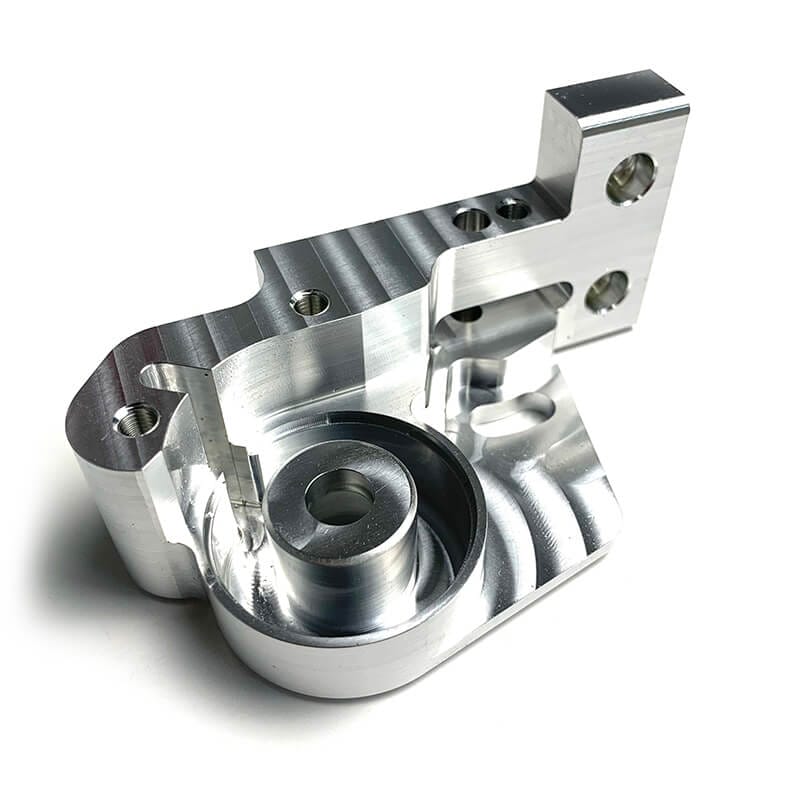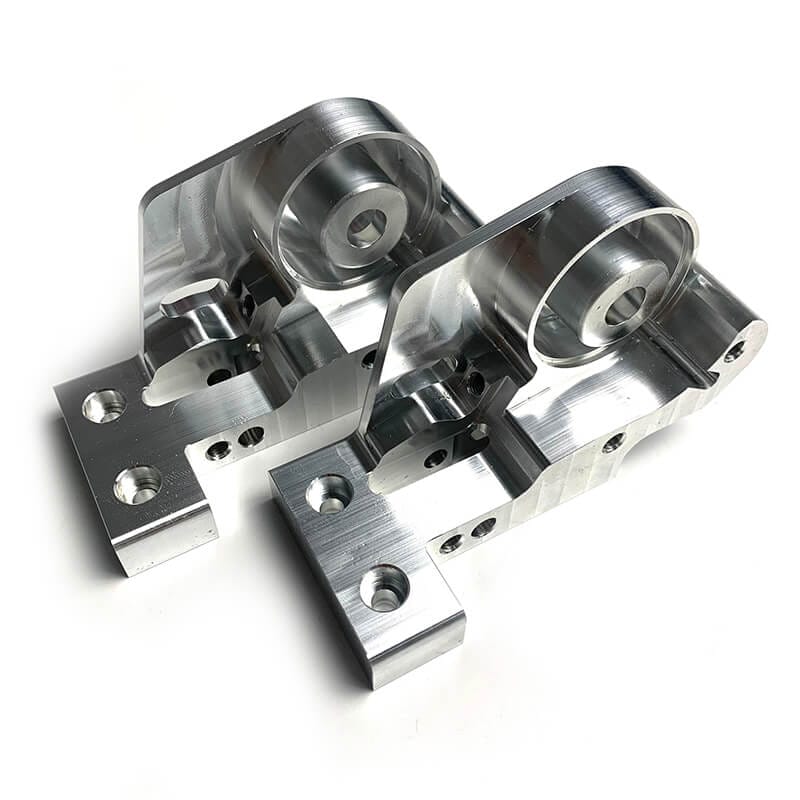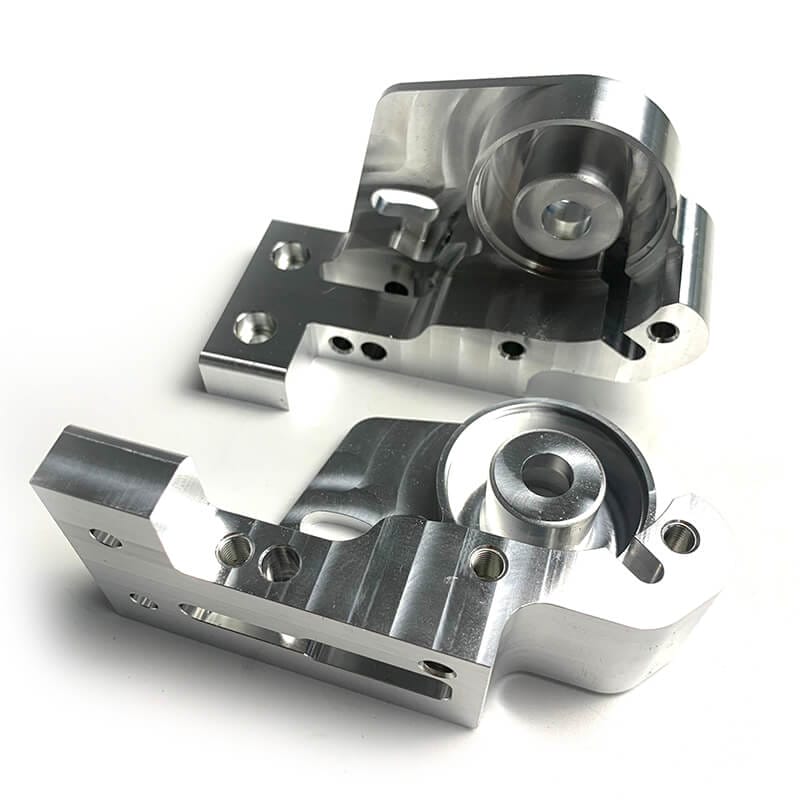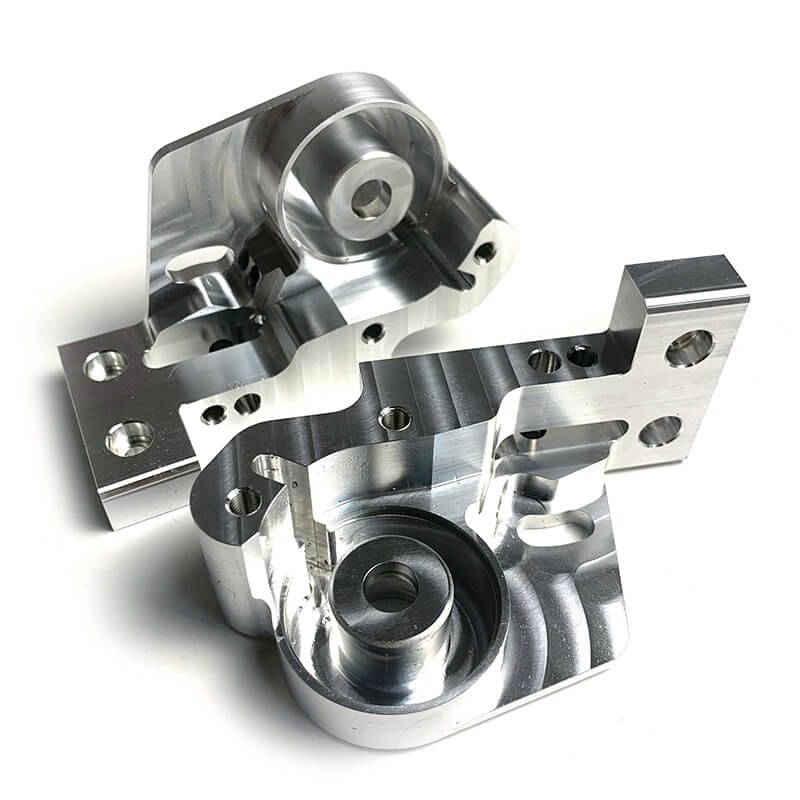Description
[section]
[row]
[col span__sm=”12″]
Classification And Characteristics Of The Connection Method Of The Parts
[/col]
[/row]
[row]
[col span=”6″ span__sm=”12″]
The first kind, the most commonly used screw connection, is in one part’s above tapping screw hole, countersunk head hole for another workpiece. When the screw is through the countersunk head hole, and then connected to the screw hole of another part, so as to realize the connection of two parts.
This is the connection method that we usually adopt, which is characterized by simple processing, convenient disassembly, and the disadvantage is that the firmness is affected by the strength of the screw.
And for the installation of high-precision parts, usually before the screw installation, the positioning pin is used to fix the installation position of the parts and then through the screw to lock.
The third connection method is the mortise and tenon joint structure that we use more in carpentry. This connection method is only for wood, which is the most reasonable and effective.
In fact, it can also be done for steel. This connection mode relies on the structure of the self-lock, as well as the coordination between each other, which is also widely used. Its characteristic is better firmness, but the cost for steel structure processing is relatively high.
[/col]
[col span=”6″ span__sm=”12″]
The second, the most widely used method is the welding method. Its welding process is the two parts through the medium or through the way of heating, so that local melting, and then cooling, so as to realize the connection of the two parts.
This method is simple and rough, but affected by the material, the welding parts must be the same material or similar material, for example, steel must be welded to steel, and plastic must be welded to plastic.
The firm strength of welding is related to the welding performance of the material itself. Basically, the welding fastness of the welded parts is higher than that of the screw connection.
Its biggest characteristic is that it can not be easily removed after welding, nor can it complete nondestructive disassembly.
The fourth way is to connect the two parts with adhesive. This method has quite high requirements for adhesive, and the two parts are usually connected together is also difficult to be intact. And what’s bonded by material is not indestructible. The main problem with bonding two parts is that there is no precision, so it can only be used in some rough joints.
The above is the main connection mode of several parts monomer, in addition, there are some mechanical connection modes, such as keyways connection, pin connection, hinged connection, coupling connection and so on.
These connections have risen to the mechanical structure, which is part of the mechanical principle, and each has its own characteristics, which will not be explained here.
[/col]
[/row]
As for the milling parts of aircraft, it is easy to see from the picture of the finished product that the machining difficulty is above average. In addition to requiring CNC spare parts suppliers to possess fairly mature CNC milling technology, it also tests the skills of the engineers, patience and carefulness of the operators who process the milling parts of aircraft.
 Call Us Today! (+86) 188-2253-7569
Call Us Today! (+86) 188-2253-7569


